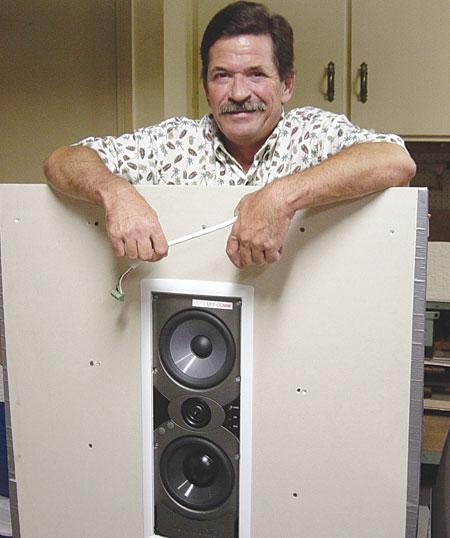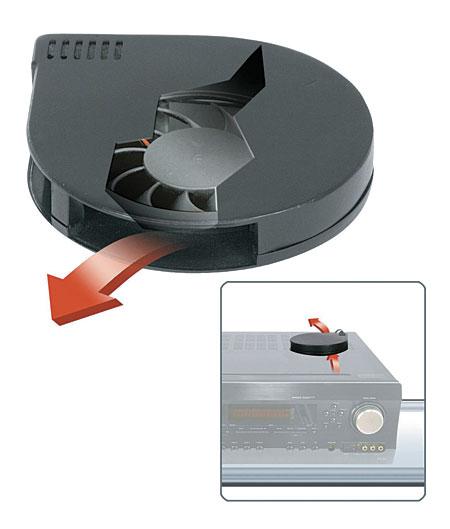LATEST ADDITIONS
|
Dec 30, 2006 |
First Published: Dec 03, 2006
|
Dec 30, 2006 |
First Published: Dec 03, 2006
|
Dec 30, 2006 |
First Published: Dec 03, 2006
|
Dec 30, 2006 |
First Published: Dec 03, 2006













